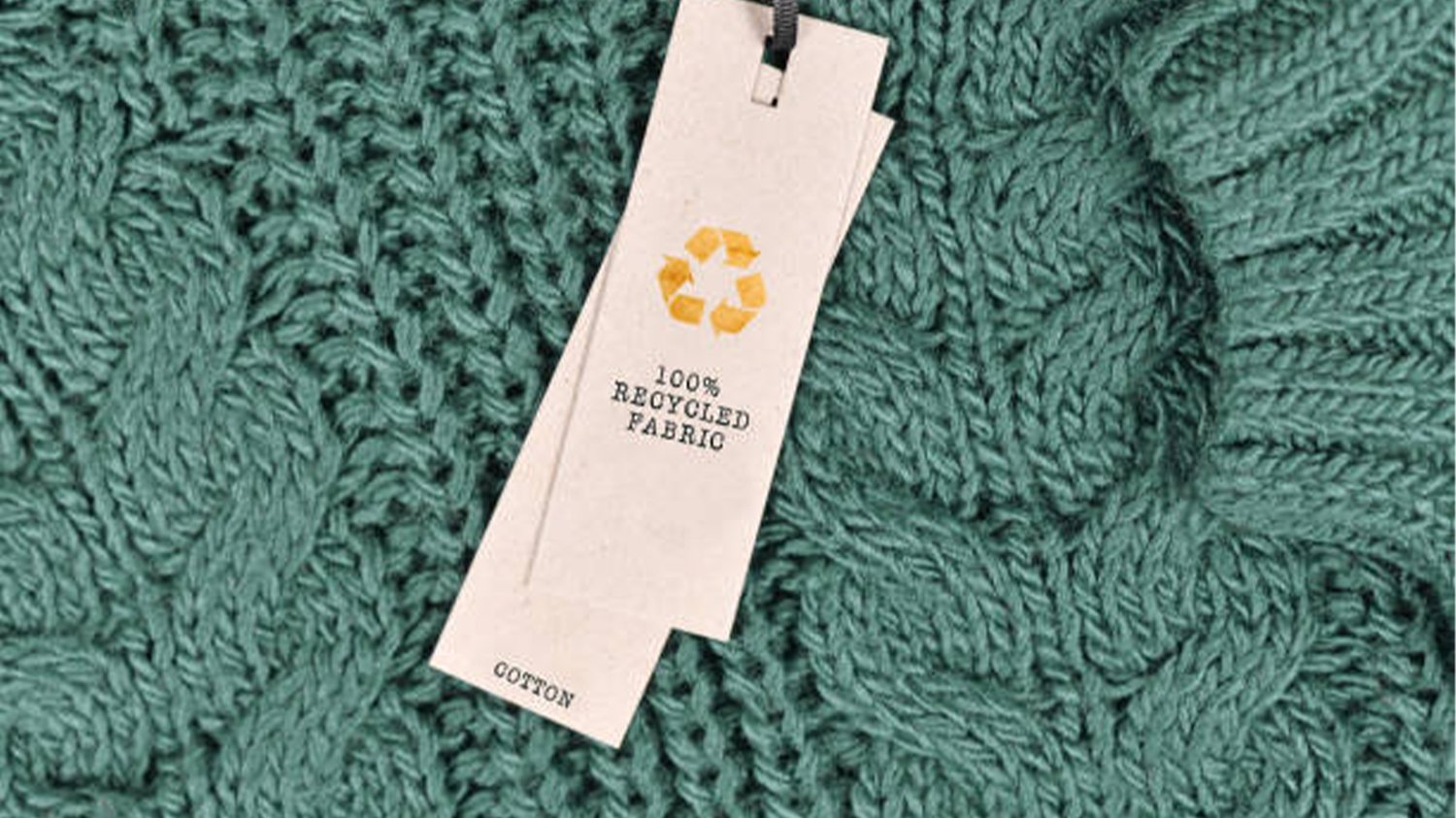How to Produce Recycled Fabric at Home
Introduction:
Recycling has become an essential practice in our efforts to create a more sustainable future. With the growing concern for the environment, many people are searching for ways to reduce waste and contribute to a greener lifestyle. One area where recycling can make a significant impact is in the textile industry. In this article, we will explore how to produce recycled fabric at home, allowing you to transform old clothing and textiles into new and usable materials.
1. Understanding the Benefits of Recycled Fabric
Before diving into the process of producing recycled fabric at home, it is essential to understand the benefits of this practice. Recycled fabric offers several advantages:
- Environmental Sustainability: By reusing textiles, you reduce the demand for new materials, conserving resources and reducing the carbon footprint associated with the production of new fabric.
- Waste Reduction: Recycling fabric helps divert textiles from landfills, where they would otherwise contribute to the growing waste problem.
- Creative Outlet: Producing recycled fabric at home allows you to unleash your creativity and transform old pieces into unique and personalized materials.
2. Sorting and Preparing Materials
The first step in producing recycled fabric at home is sorting and preparing the materials you intend to recycle. Gather old clothing and textiles that are no longer in use, ensuring they are clean and free from any stains or damages that might affect the quality of the final fabric. Sort them based on color and fabric type to make the subsequent steps more manageable.
3. Cutting and Separating Fabric
Once you have sorted your materials, it is time to cut and separate the fabric. Start by removing any buttons, zippers, or other non-fabric elements that may be present. Cut the fabric into manageable pieces, making sure to separate different fabric types and colors. This step will facilitate the subsequent blending and processing of the recycled fabric.
4. Blending and Shredding
Blending and shredding the fabric is a crucial step in producing recycled fabric at home. Depending on the desired outcome, you can use various methods to blend and shred the fabrics. One option is to use a blender or food processor, which can help break down the fabric into smaller fibers. Another method involves using a fabric shredding machine, which can handle larger quantities of fabric and produce consistent results. Experiment with different techniques to achieve the desired texture and consistency.
5. Creating a Fiber Blend
After shredding the fabric, it is time to create a fiber blend. This step involves combining different fabric types and colors to produce a unique and visually appealing recycled fabric. Mix the shredded fibers thoroughly, ensuring an even distribution of colors and textures. You can experiment with different combinations to create a personalized blend that suits your preferences and intended use.
6. Spinning the Fiber
Once you have created your fiber blend, it is time to spin it into yarn or thread. If you have access to a spinning wheel, you can use it to transform the shredded fibers into usable yarn. Alternatively, you can twist the fibers by hand to create a more rustic and textured yarn. This step requires patience and practice, but it allows you to have full control over the thickness and structure of the final product.
7. Dyeing the Recycled Yarn
After spinning the fiber into yarn, you may choose to dye it to add color and vibrancy to your recycled fabric. Select eco-friendly dyes that are safe for both the environment and your health. Follow the instructions provided by the dye manufacturer, ensuring proper ventilation and disposal of any waste materials. Dyeing the yarn before weaving or knitting it into fabric allows for greater control over the final color scheme and design.
8. Weaving or Knitting the Recycled Fabric
With your recycled yarn ready, it is time to weave or knit it into fabric. Depending on your skill level and available equipment, you can choose either weaving or knitting as your preferred method. Weaving involves interlacing the yarn on a loom, creating a structured and durable fabric. On the other hand, knitting uses two or more needles to create loops of yarn, resulting in a more flexible and stretchable textile. Select the technique that best suits your needs and start transforming your recycled yarn into fabric.
9. Finishing and Treating the Fabric
Once you have completed the weaving or knitting process, it is important to finish and treat the fabric to improve its durability and overall appearance. This step may involve washing, steaming, or ironing the fabric to remove any remaining impurities and ensure a smooth and even texture. Additionally, consider treating the fabric with eco-friendly fabric softeners or conditioners to enhance its comfort and longevity.
10. Utilizing the Recycled Fabric
Finally, it's time to utilize the recycled fabric you have produced. Depending on the quantity and quality of the fabric, you can use it for various purposes:
- Home Decor: Create unique and eco-friendly curtains, pillow covers, or tablecloths.
- Clothing: Design one-of-a-kind garments, such as skirts, tops, or accessories.
- Accessories: Make bags, wallets, or jewelry using your recycled fabric.
Remember, the possibilities are endless when it comes to utilizing recycled fabric, so let your creativity guide you.
How to Produce Recycled Fabric at Home, producing recycled fabric, recycled fabric benefits, sorting materials, cutting fabric, blending fabric, creating fiber blend, spinning fiber, dyeing recycled yarn, weaving fabric, knitting fabric, finishing fabric, utilizing recycled fabric How to Produce Recycled Fabric at Home - A Step-by-Step Guide Learn how to produce recycled fabric at home with this informative step-by-step guide. Discover the benefits, sorting methods, cutting techniques, blending and spinning processes, dyeing tips, and more.

